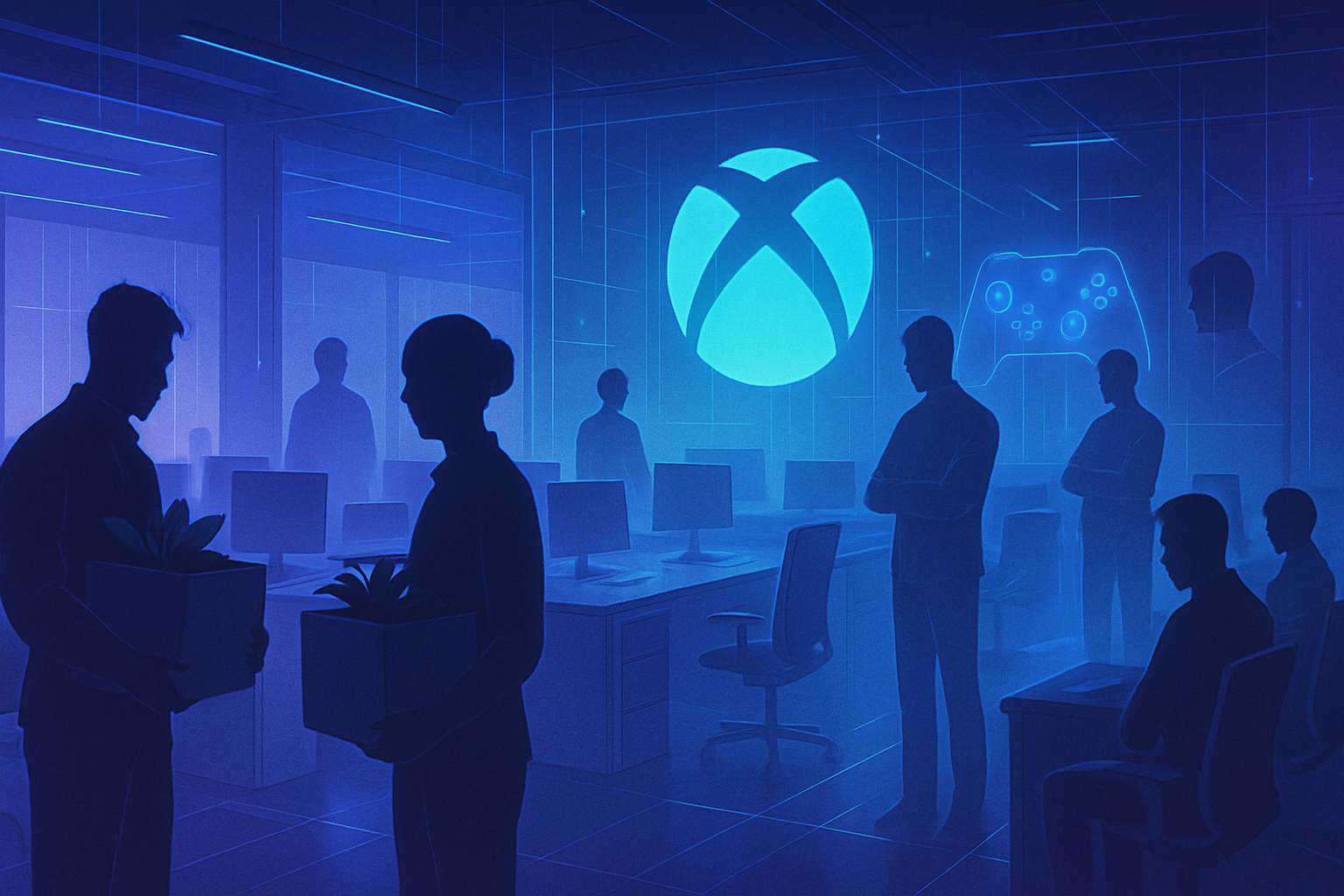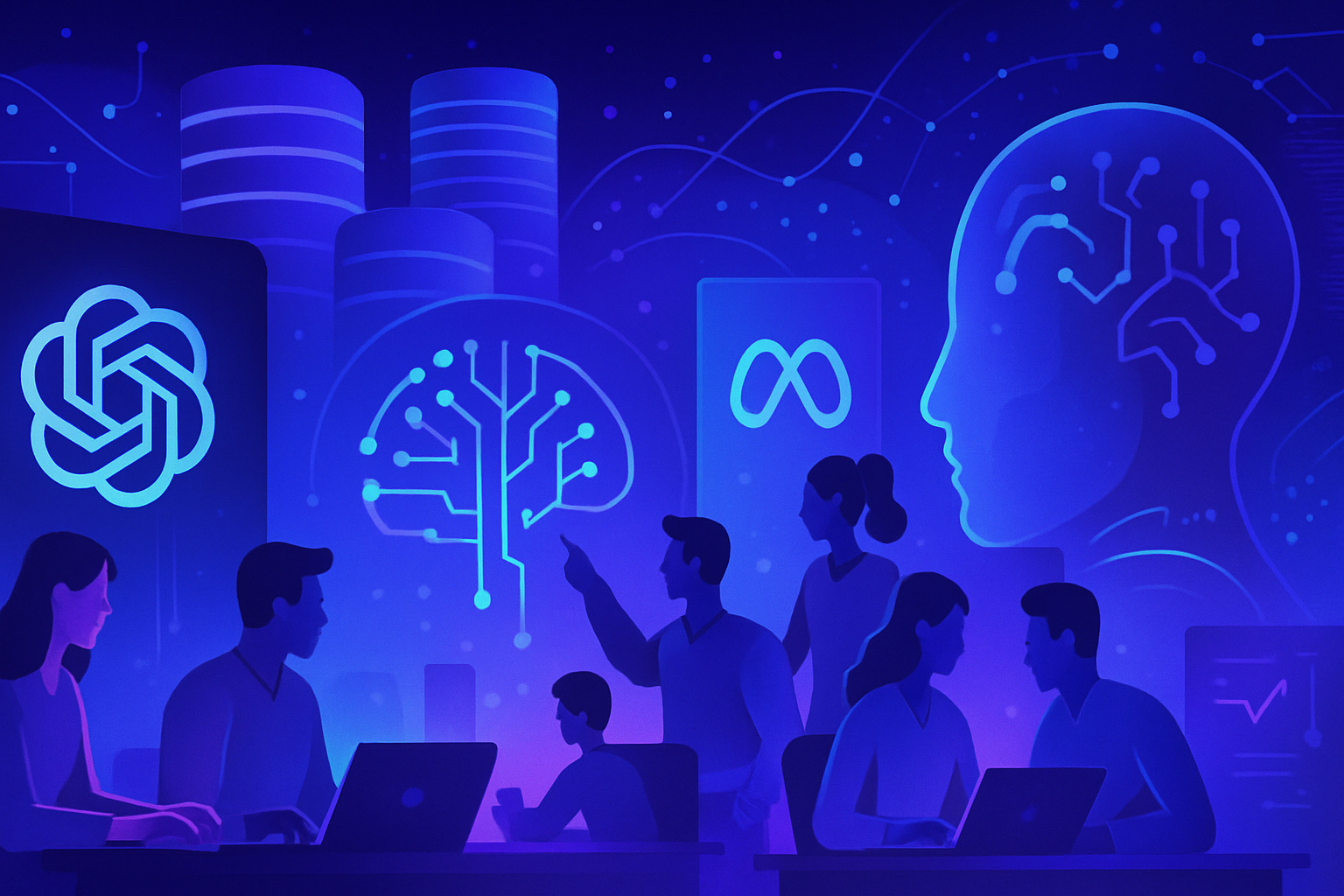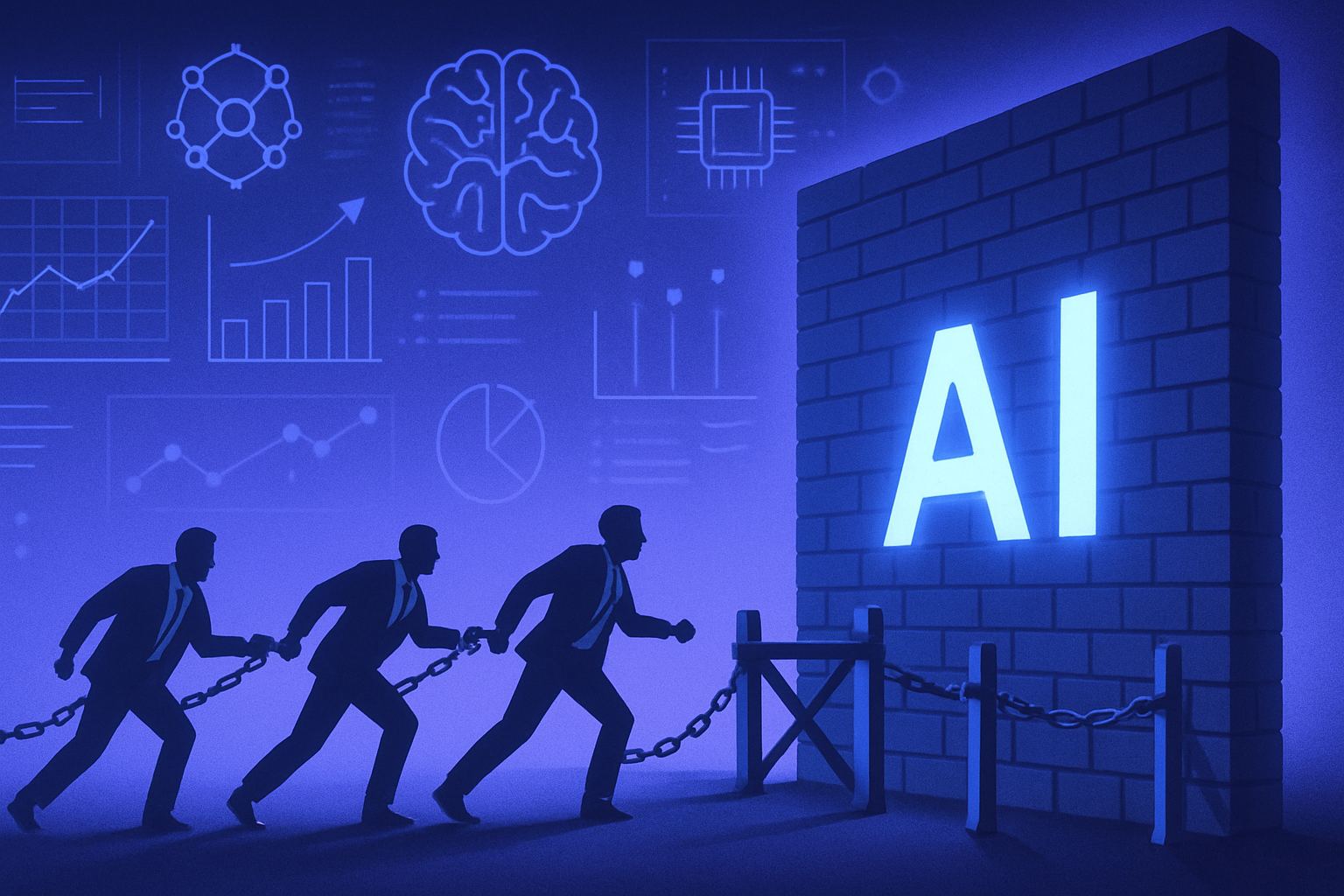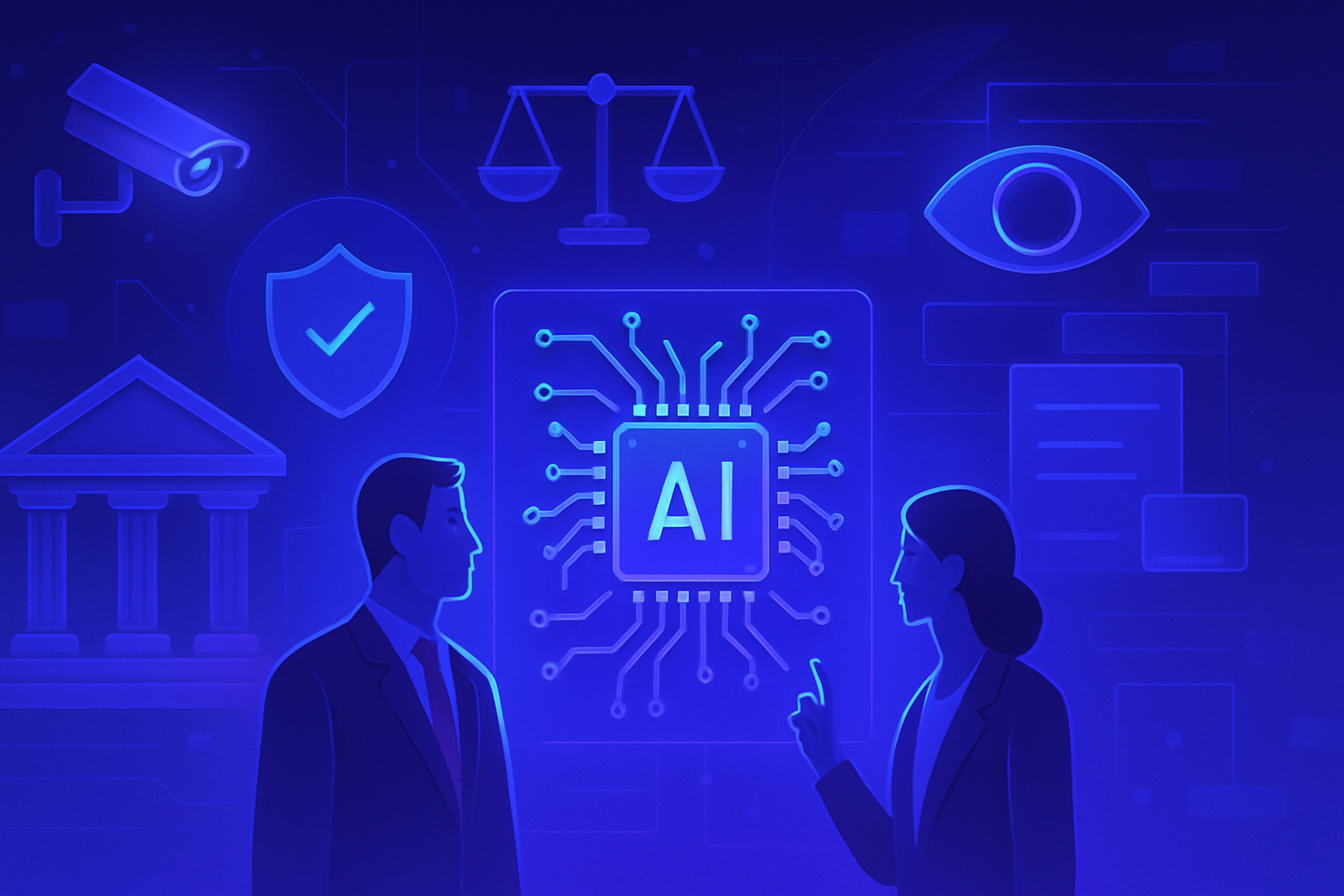The digital era is revolutionizing our relationship with images, prompting multiple statements about *privacy*. ChatGPT, with its fascinating advancements, becomes a central protagonist, capable of *determining the geographical origin* of a photograph. The *accuracy of this technology* raises deeply rooted ethical and security challenges.
Visual details, previously neglected, acquire new significance, transforming each snapshot into a powerful geographic clue. The manipulation of images to extract revealing data exacerbates the dilemma between innovation and privacy protection. This ability to isolate and interpret visual elements raises crucial questions about the future of our individual freedoms.
Revolutionary Location Identification Technology
ChatGPT has taken a bold step in the field of artificial intelligence. This model is now capable of identifying the location of a photo, regardless of its quality. Whether it’s a blurry, cropped, or manipulated image, the tool succeeds in establishing links between visual clues and geography.
Visual Clues and Advanced Algorithms
Advancements in computer vision algorithms enable ChatGPT to analyze elements such as billboards, architectural styles, and ground markings. These details serve as geographic markers, facilitating the estimation of an origin location without requiring metadata. OpenAI recently introduced the o3 and o4-mini AI models, capable of reasoning from uploaded images and extracting relevant information.
Image Manipulation for Optimal Locations
Another fascinating aspect of this technology is its ability to manipulate images. The tool can rotate, zoom, or crop snapshots to maximize the chances of localization. This feat illustrates the intersection of technological innovation and ethical challenges. The potential for abuse is palpable when innocent photos can be submitted online to reveal their origin.
Privacy Concerns
The ramifications of this technology are concerning. The possibility that an individual could identify the origin of a photo taken in a private setting calls into question standards of privacy. Privacy becomes fragile in the digital age, as these powerful tools are deployed without appropriate safeguards.
Lack of Adequate Regulation
The speed of technological innovation far outpaces the pace of legislation. Currently, there are no restrictions governing the deployment of these advanced functions. Calls for regulation are becoming increasingly frequent. Proposed solutions include scrambling GPS metadata and integrating protection filters into cameras.
A Need for Cooperation Between Technologists and Regulators
The issues raised by these technological advancements create tension between individual freedom and progress. Concerns must be addressed to ensure a balance between the momentum of innovation and the preservation of individual rights. Cooperation between the tech industry and regulators appears necessary to face these contemporary challenges.
Paths for the Future
As the debate about regulation intensifies, ideas are being explored to ensure ethical use of technologies. Implementing awareness campaigns for the general public is crucial to educate about the potential dangers and limitations of using these advanced tools.
This dynamic between innovation and ethics promises to define the upcoming technological landscape. Industry stakeholders must navigate cautiously in this new paradigm where every photograph can become a vector for geographic revelation.
Innovation Perspectives
Despite legitimate fears, this technology opens exciting prospects across various fields. The inability to ignore ethical issues calls for vigilance and responsibility. The regulation of these tools must evolve in parallel with their applications to ensure a digital future that respects fundamental rights.
FAQ: Discover How ChatGPT Can Reveal the Location of Your Photos
How does ChatGPT identify the location of a photo?
ChatGPT uses computer vision algorithms to analyze the visual elements present in a photo, such as signs, architecture, and other geographic clues, to determine its origin.
Can this technology work with blurry or altered photos?
Yes, ChatGPT is designed to work even with blurry or altered images. It can manipulate the image (rotate, zoom, crop) to maximize its chances of identifying the location.
What types of visual elements can ChatGPT analyze?
ChatGPT can analyze various elements, including architectural styles, ground markings, and other distinctive features of an environment to locate the photo.
What are the ethical concerns related to this technology?
This technology raises concerns regarding privacy, as anyone can submit a photo and potentially reveal information about private places or sensitive situations.
Are there any protection measures in place to preserve privacy?
Currently, there are no strict control mechanisms in place with the deployment of this technology, increasing the risk of abuse.
How might regulation evolve in response to this technological advancement?
Discussions around better regulation are increasing, with proposals for filtering GPS metadata and awareness campaigns to protect users’ privacy.
What are the limitations of this technology regarding accuracy?
Although effective, the technology is not infallible and may sometimes make mistakes or not be able to accurately identify a location.
What potential impacts could this technology have on users?
Users might face issues related to privacy and unwanted exposure of their personal location through the photos they share.
Are there alternatives to protect my photos from this technology?
Yes, solutions such as scrambling GPS metadata or using protection filters on cameras can help limit the location identification capabilities of images.






